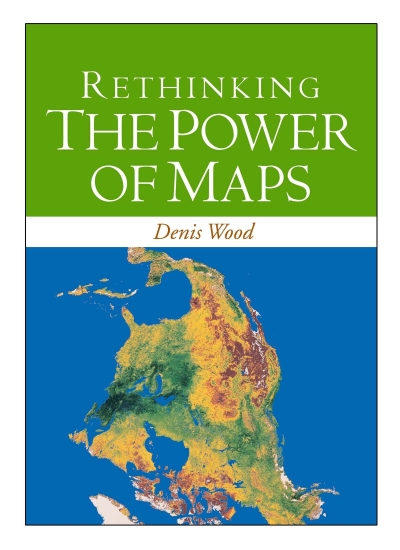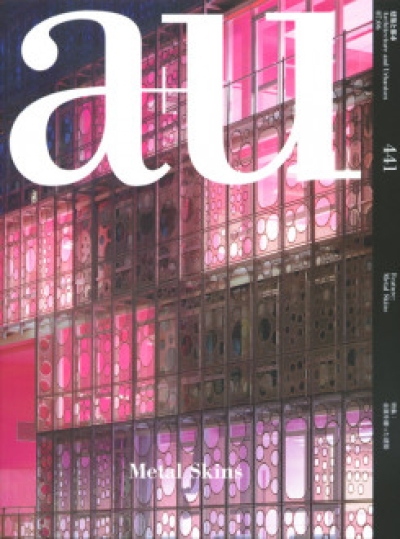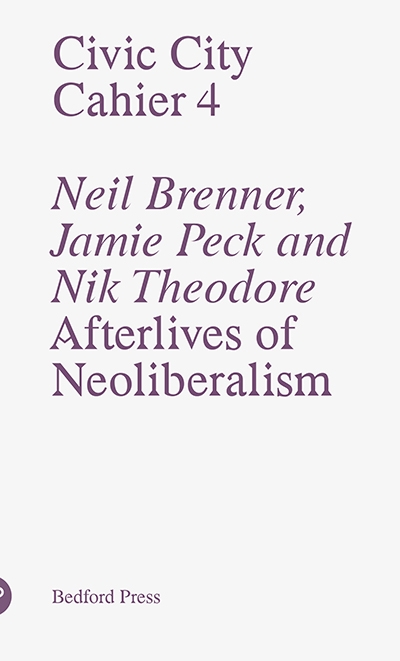
Rethinking the Power of Maps
contemporary follow-up to the groundbreaking Power of Maps, this book takes a fresh look at what maps do, whose interests they serve, and how they can be used in surprising, creative, and radical ways. Denis Wood describes how cartography facilitated the rise of the modern state and how maps continue to embody and project the interests of their creators. He demystifies the hidden assumptions of mapmaking and explores the promises and limitations of diverse counter-mapping practices today. Thought-provoking illustrations include U.S. Geological Survey maps; electoral and transportation maps; and numerous examples of critical cartography, participatory GIS, and map art.
Review:
"A captivating contribution to our understanding of maps and mapping practice. Wood offers a broad canvas of maps, map makers, and map users, linking traditional cartographies to exciting new experiments. He explores the ways in which, as maps make propositions about the world, they shape how we understand and live in it. This is a book you cannot put down and one that demands to be read in one or two sittings. It may be the best book on maps and mapping I have read."--John Pickles, Earl N. Phillips Distinguished Professor of International Studies and Chair, Department of Geography, University of North Carolina at Chapel Hill
"In an age when mapping is sexy again, Wood explains why it should matter to everyone, how maps came to be deployed by states, and how the authority of the image is now being used by many different voices. This is a passionate humanist argument for a critical approach to mapping, strongly academic but reassuringly accessible. Wood’s work always challenges; the style and panache of his scholarship carry the reader along and persuade us to listen to his original ideas. Mapping and counter-mapping are brought together for the first time. Researchers and students across the social sciences, and indeed from all disciplines, should read this book and take its lessons to heart!"--Chris Perkins, Senior Lecturer, Geography, University of Manchester, United Kingdom
"Rethinking the Power of Maps sharpens the argument of Wood's earlier work and focuses its attention on the construction of power. Every student of cartography should take notice."--Nicholas Chrisman, Department of Geomatic Sciences, Université Laval, Québec, Canada

































































































